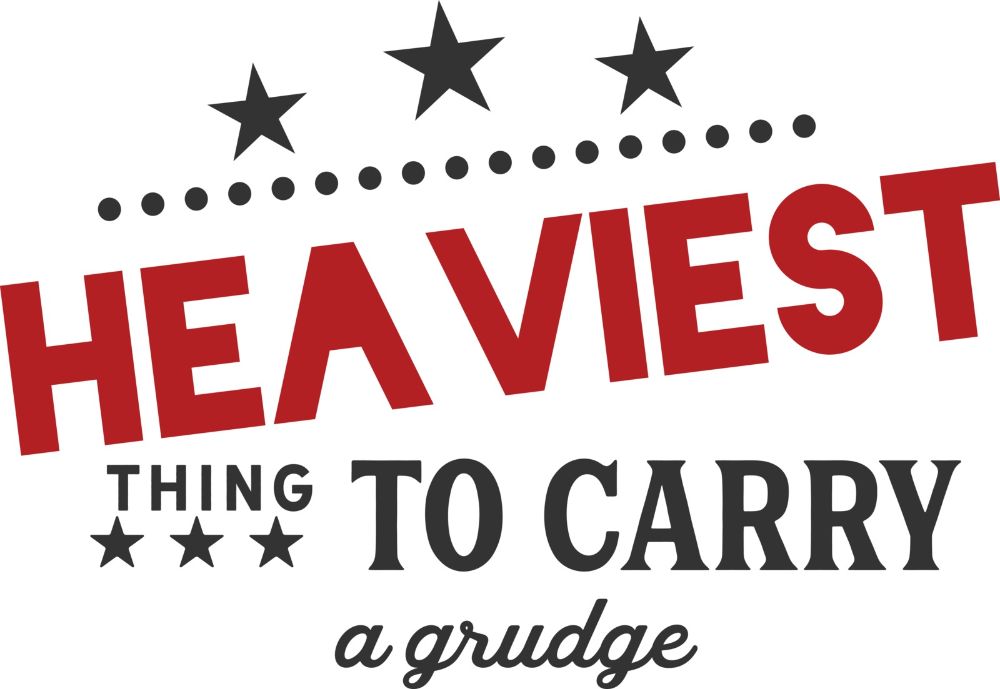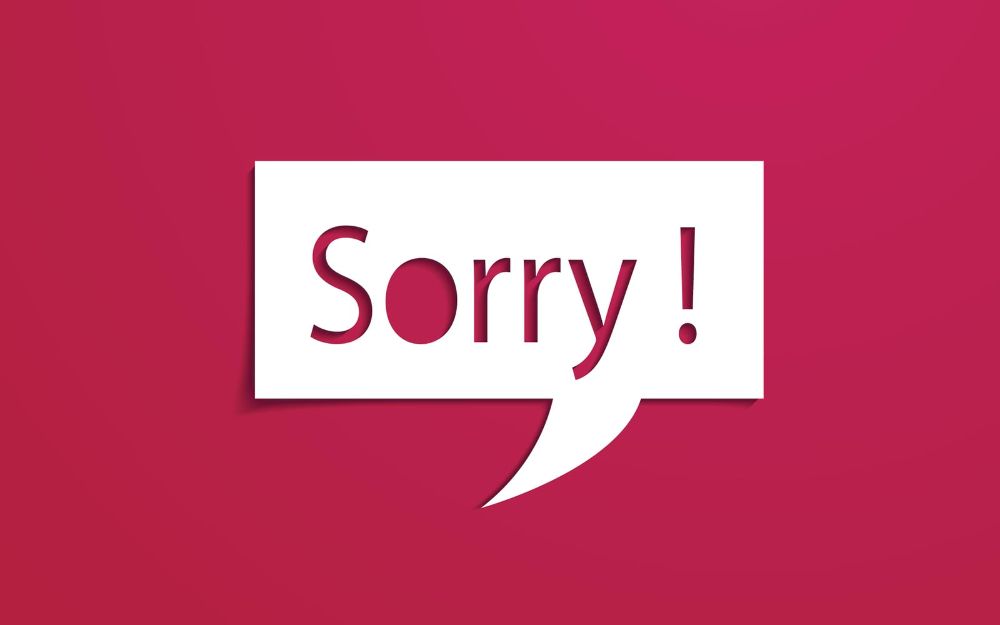Decoding the Unspoken: Mastering Body Language and Micro Expressions for Effective Communication
Effective communication is about more than just the words we say. In fact, it’s been estimated that only 7% of what we communicate comes from verbal language, while an amazing 93% comes from nonverbal cues like body language and micro expressions! Learning how to interpret and use these signals can be a game-changer in both personal and professional relationships. In this article, we’ll explore the fascinating world of unspoken communication, diving into key concepts like body language, micro expressions, and somatic markers. Whether you’re looking to improve your sales skills or simply become a better listener in your everyday life, mastering these tools will help you connect with others on a deeper level than ever before. So let’s get started on decoding the unspoken!
The Power of Body Language: Understanding Nonverbal Cues
Body language is a powerful form of communication that can reveal more about our thoughts and emotions than words alone. It includes subtle behaviors such as facial expressions, posture, gestures, and eye contact that provide insight into how we feel and what we mean. Being able to read these cues accurately allows us to better understand ourselves and those around us. Moreover, being conscious of our own nonverbal behavior can help improve the way we communicate with others. An important aspect of body language is micro expressions – fleeting facial movements that occur for just a fraction of a second but convey intense emotion. They are involuntary reactions to certain stimuli, and can reveal concealed feelings like anger or fear. Studying these small signals can be particularly useful in professional settings where negotiations are involved, or sensitive topics need to be approached tactfully.
Somatic markers are changes in the body that are associated with emotions, like sweating or rapid heartbeat, which indicate emotional responses even before they have emerged consciously. By paying attention to these physical signals, individuals may learn how their bodies react under different circumstances, which then helps regulate their emotions accordingly. In summary, understanding nonverbal cues whether from observing others’ behavior or monitoring one’s own makes it possible for effective communication with positive outcomes both inside personal relationships and in professional situations including interviewing job candidates as much as creating persuasive pitches before business associates.
Micro Expressions: Uncovering Hidden Emotions in Seconds
Micro expressions are fleeting facial movements that reveal our true emotions, often without us even realizing it. These expressions typically last only a fraction of a second and can provide insight into someone’s thoughts and feelings. Research has shown that micro expressions are universal across cultures, making them an effective tool for communicating with people from all backgrounds. The ability to recognize and interpret micro expressions is especially valuable in professions such as law enforcement, where quick decision-making based on accurate assessments of an individual’s emotional state can be critical. However, anyone can benefit from understanding the power of micro expressions in their everyday lives. By learning to read these subtle cues in others’ faces, we can better understand what they are really feeling and react accordingly.
Overall, mastering body language and micro expression reading skills requires practice and attention to detail. With time and effort put towards improving these abilities, individuals can become more effective communicators both personally and professionally.
Somatic Markers: How Our Bodies React to Thoughts and Feelings
Somatic markers are physical sensations in the body that are triggered by thoughts and emotions. They act as a kind of internal GPS, guiding us towards decisions that align with our values and goals. For example, if you experience a feeling of tightness in your chest when thinking about a certain project at work, it may be an indication that this task is causing you stress or anxiety.By paying attention to these somatic markers, we can gain valuable insight into our own inner experiences and make more informed choices about how we want to respond to different situations. It’s also useful for understanding others; by observing their subtle bodily changes, we can get a better sense of what they’re really feeling or thinking – even if they’re trying to hide it.
Overall, somatic markers provide an important window into the relationship between our minds and bodies. By learning to read them effectively, we can improve our communication skills and achieve greater clarity in both personal and professional relationships.
Reading Others: Tips and Tricks for Decoding Body Language and Micro Expressions
Reading the body language and micro expressions of others can be a crucial skill in building effective communication. Body language encompasses anything from posture, hand gestures, eye contact, to facial expressions; while micro-expressions refer to fleeting signs of emotion that flash across one’s face before they are masked or controlled consciously. Being able to read these cues accurately can help individuals quickly ascertain the other person’s feelings and thoughts – without relying solely on their words. To decode body language effectively, it is essential to observe people’s behavior holistically rather than over-analyzing individual gestures alone. For example, crossed arms may indicate defensiveness but could also be a sign of being cold or uncomfortable in the environment. Similarly, when decoding micro-expressions like raised eyebrows or widened eyes – these should always be interpreted in conjunction with other factors such as tone of voice or body position. Understanding somatic markers (patterns/symptoms associated with particular emotions) can further aid in deciphering non-verbal signals correctly.
In conclusion, becoming proficient at reading body language and micro expressions takes practice and patience – it cannot be mastered overnight! However, even small improvements in this area promise significant results for anyone looking to enhance their communication style and build rapport with others professionally or personally.
Using Body Language to Build Relationships and Trust
Body language is a critical aspect of building relationships and trust. Nonverbal cues like posture, eye contact, and facial expressions can convey more meaning than words alone. By being aware of your body language and the signals you’re sending, you can better understand how others perceive you and adjust your behavior accordingly. It’s also important to pay attention to the nonverbal cues of those around you in order to pick up on subtle hints about their thoughts and feelings. One powerful way to use body language for building relationships is through mirroring. This involves mimicking someone’s movements or expressions in order to make them feel more comfortable and connected with you. For example, if someone leans forward during a conversation, you could do the same as a sign of engagement. Mirroring shows that you’re paying close attention to what they’re saying and helps foster rapport between people.
Overall, mastering body language has numerous benefits when it comes to effective communication and relationship-building. By becoming attuned to nonverbal signals, we can better understand ourselves and others while creating stronger connections built on trust and understanding.
Improving Communication Skills in Professional Settings
Effective communication skills are critical to succeeding in professional environments. While having strong verbal abilities is important, understanding nonverbal cues such as body language and micro expressions can be equally valuable. Decoding these unspoken signals can help you better connect with colleagues, build rapport with clients and customers, or even negotiate more effectively.One key aspect of improving communication skills is self-awareness. By understanding your own body language and how it communicates emotions like confidence or anxiety, you can actively work to project the right signals in different situations. Additionally, learning how to interpret the body language of others – such as recognizing signs of discomfort or agreement – can help you adjust your own approach accordingly.
Another useful tactic for improving communication is mirroring: subtly mirroring the posture or gestures of the person you’re speaking with can foster a sense of trust and connection between both parties. Effective communication requires a combination of words and nonverbal cues; by honing both aspects, professionals at all levels can improve their performance in meetings, presentations, negotiations, and other contexts where strong interpersonal skills are crucial.
Mastering Your Own Nonverbal Communication: Using Body Language to Enhance Your Message
Effective communication goes beyond just the words we say. Our nonverbal cues, like body language and micro expressions, communicate a tremendous amount of information to others around us. Learning how to interpret these signals can be incredibly powerful in building strong relationships both personally and professionally. Mastering your own nonverbal communication can dramatically enhance the effectiveness of your message. Body language is the most obvious form of nonverbal communication, including posture, gestures, facial expressions, and eye contact. Micro expressions are much more subtle, but equally important indicators of emotion conveyed through fleeting facial expressions that may last only for a fraction of a second. Somatic markers also play a critical role–these physical sensations felt within our bodies signify different emotions we experience in response to situations or events.
By understanding how these nonverbal cues contribute to our communications with others and mastering their use in conveying messages effectively ourselves, we will become better communicators overall – whether it’s promoting sales skills or simply improving everyday life interactions with people around us.
The Dos and Don’ts of Nonverbal Communication: Navigating Cross-Cultural Differences
The use of nonverbal communication varies from culture to culture. What is considered appropriate in one society might be completely inappropriate in another. Therefore, it’s important to understand the dos and don’ts of nonverbal communication when navigating cross-cultural differences. One key aspect to pay attention to is physical contact. In Western cultures, a handshake or pat on the back may be seen as friendly and welcoming gestures but can be interpreted as a violation of personal space in some cultures. Another element that must be carefully considered when communicating across cultures is facial expressions, particularly micro-expressions that last for only a fraction of a second which even our subconscious minds cannot filter out. These brief facial cues can convey sincerity or distrust to perceptive individuals observing closely. Furthermore, direct eye contact could communicate confidence or respect although making prolonged strong eye-contact could appear challenging by certain people who are Vietnamese or Japanese where avoiding staring into others’ eyes during conversation demonstrates humility and respect towards those present.
Cross-cultural interactions require careful observation and interpretation skills body language for effective communication readiness. However, with these steps mentioned below anyone will better navigate cultural differences: do your research about the culture you will interact with; smile often but gently avoid prolonged smiles if they seem insincere; practice good posture while sitting (e.g., sit up straight) while also having understanding on how using hand gestures varies across other nations (e.g, thumbs-up gesture means different things around the globe depending on culture). By heeding and paying attention to applying these tips, you become adept at decoding unspoken words through non-verbal behavior!
Rob Perin, CCHT
Other Posts

